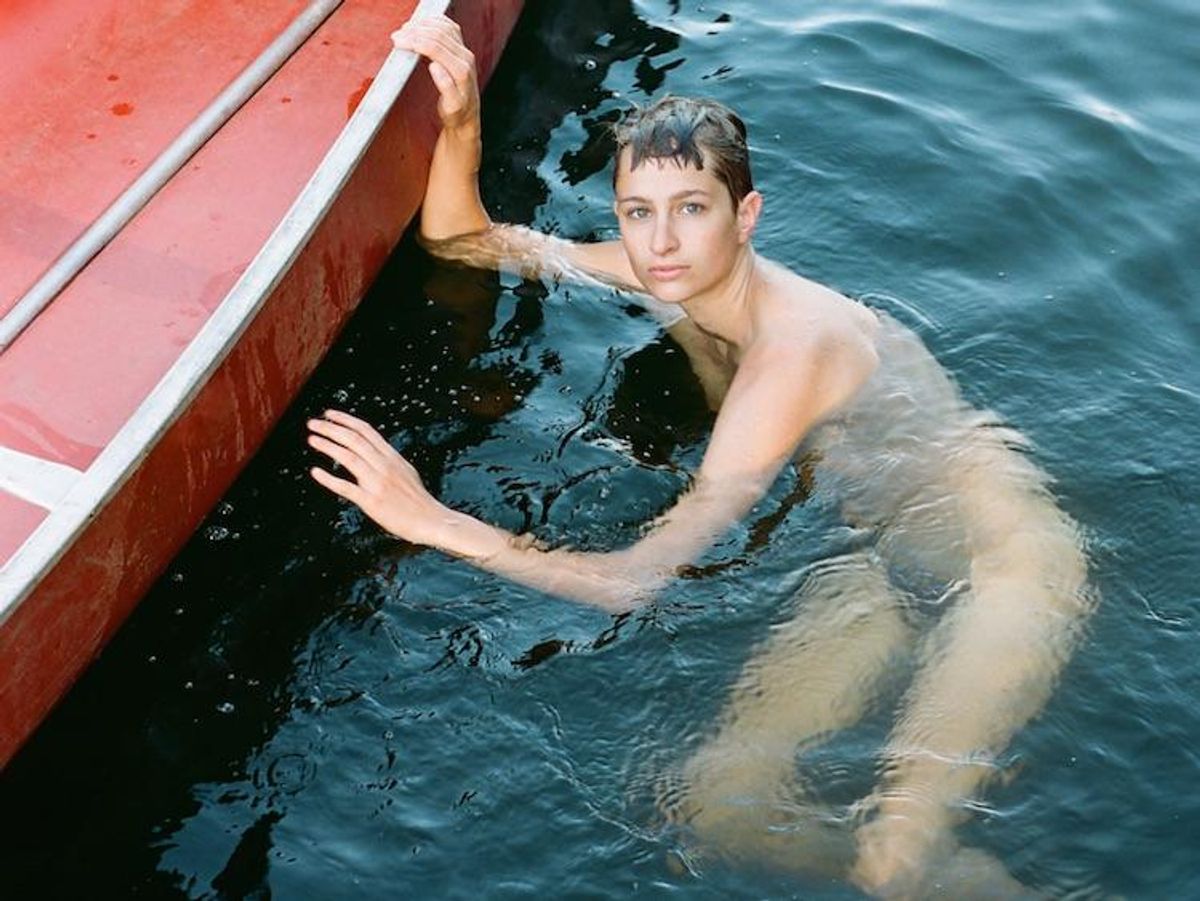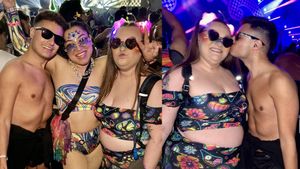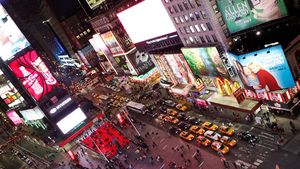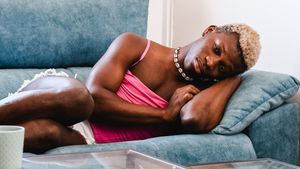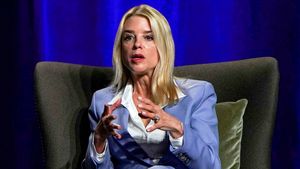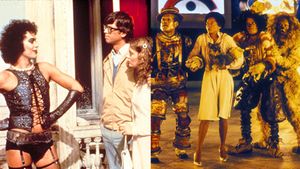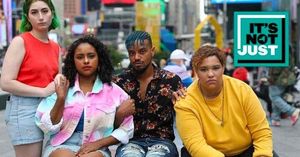Over the past two years, Lauren Field has been capturing the "intersection between queerness, the sublime, and the creation of self" through intimate portraits of LGBTQ+ individuals at the beach or in their bedroom. These two locations, Field says, are sites of both policing and transgression--most notably the beach, which reinforces gender binaries and actively others queers.
As a non binary trans masculine person, Field offers their subjects a rare safe space, highlighting complex identities in a way that makes them more than an image, but a voice in control of their own narrative. In a time when LGBTQ people are being co-opted for capitalist gains, Field aims to never be a curious voyeur, instead showcasing bodies as an empathetic admirer. They're not merely spotlighted, they're seen.
Related | Gallery: 13 Portraits Spotlighting Sublime Queerness
Still, there's a level of purposeful disruption behind Field's work, but never toward the subjects themselves. The artist wants their images to challenge a world that's violent toward marginalized people, both physically and through dominant depictions of queer identities. Field's photos celebrate the idiosyncrasies of their LGBTQ+ subjects, and allow those subtle nuances to threaten mainstream conformism.
We caught up with Field, below, to discuss their ongoing photo series, which is tentatively titled Practice Permanence.
OUT: How has your own journey with transitioning affected the way you capture your subjects?
Lauren Field: Since "coming out" as a non binary trans masculine person (which assumes some sort of arrival, but I don't think that's the case), I've felt largely illegible in a culture that favors binary identities. I'm frequently met with harassment, erasure, and doubt about my gender. This is probably only a fraction of what trans femmes (particularly POC) experience. But it has been enough to fuel my desire to refuse assimilation, to make work that disrupts dominant narratives, and to imagine a less violent world. I've been taking hormones for a year, so I think my work has become queerer as I've come into my own trans body and identity. But it's also been informed by the evolution of queer culture, in particular, the increasing co-option of queer narratives for capitalist gains.

Destery at Sixteen, 2016
What do you look for in a subject?
The subjects in this project, Practice Permanence (working title) are friends or acquaintances, most of whom are queer identified. When I photograph a straight cis person, however, their identity is thrown into question. I love this--that everyone is queer when no identity is certain. I think what tethers my subjects across all of my work is their idiosyncrasies: a scar, dyed hair, maybe a perfervid gaze. Every person has something compelling about them. And as I continue this series I'd like to push against my own biases of what's worth imaging, and question where I derive my notions of beauty.
Why is it important to highlight queer-identified individuals through photography?
Queerness and transness continues to be a very real threat to mainstream culture--to a society that exploits and others; upholds masculinist constructs in the service of capitalism, whiteness, and cis hetero supremacy. Transgender people are often images but rarely voices. It's important that trans and queer people are both seen, heard, and the authors of their own stories.
What is the significance of these locations?
These images are set at the beach and in the bedroom--sites of both policing and transgression. Beaches are maybe the most photographed landscape. In queer culture they've been cruising sites and retreats (see: Fire Island). They are also, however, hyper gendered spaces (as a boy with boobs, I can't yet wear a speedo, but feel uncomfortable in a bikini). I'm interested in the coastal panorama in particular for its place in photographic history, as well as its potential for reimagining (a new iconography of landscape) especially for non conforming bodies, by which I don't just mean queer, but those that experience disproportionate amounts of violence such as disabled, black/brown, and fat.

Tom and Jalen (Queens), 2017
How do you feel you're capturing "sublime" queerness?
Queerness and the sublime both act as points of rupture. Rupture could be a deviation from social norms; the literal breakage of water or land; a taste of the sublime. Joy often accompanies transgression because anything becomes possible when bodies are free to move and love as they please. Behind the intimacy of every held gaze is a subject implicating the viewer and their desires, performing gendered contradictions--and performance is key, because these photos do not pretend to document the truth. In this way, rupture might also include being able to step outside of "trans" or "queer," and a body altogether, into a state of just being.
I am emphasizing the natural sublime as a point of rupture because it can never truly be fixed in an image, in the same manner that masculinity and femininity cannot be identified or contained. Instead environment and identity are relational and in a state of constant motion. In my work, the natural sublime frames subjects in a space outside of the public eye. Queer bodies experience the painful duality of visibility, and so bedroom walls, oceans and green foliage, replace city streets where the violence of spectatorship is most present.
How involved do you like to be with your subjects? Where is the line between documentarian and staged artifice?
Isn't photography situated here--on the supposed verisimilitude of an image, that is inherently cropped and framed? I try and set the parameters of a shoot, picking subjects and location, and I usually have an image or outfit in mind. But to get a great photograph you also have to make room for play.
In this selection, there is a self-portrait. How often do you capture your own image, and how does this differ from you capturing others?
Through self portraiture, I've been able to make more sense of my transition, which has often been accompanied by a sense of loss and uncertainty. Every week a new physical change occurs and at once I'm navigating both puberty and menopause. That said, I need to do a better job of documenting my transition outside of selfies (hi Instagram!) but I find self portraits to be particularly hard. Usually I'll set up a shot, meter it, and have my boyfriend press the shutter. I like this method because without the visual references of a cable or mirror, I become one of my subjects.

Rowan, 2017
How did you land on photography as your main medium?
Photography is not my main medium, actually, writing is. I guess most people don't know that because image making is more commodifiable and immediate. Writing is a patient medium, and my first love--I hope to eventually merge the two via filmmaking, by writing and directing a feature.
What power does a camera give you?
For all art's problematic components, photographing, writing, and film-making has allowed me to engage in my own myth-making--a way to be legible in an otherwise cis-hetero world. The camera gives me power because it is a sanctioned medium for performance when the streets are not.
When you look at your larger body of work, what central message do you think it gives viewers?
I hope my portraits of young queers are not too didactic--that the images favor a multiplicity of narratives rather than an essential truth, and that they have room to change with each viewing(er) and platform. But I've tried to pull through a thread of intimacy and honesty in all of my work, whatever that means in a medium ripe with projection.
For more on Lauren Field, visit www.laurenfield.studio.
